Revenue River is now an Instrumental Group Company. Learn more.
call us: 303-945-4341
Revenue River is now an Instrumental Group Company. Learn more.
The Lodgic Everyday Community concept is ambitious and admirable: the idea was to take the original mission of the 100+-year-old Moose fraternal service organization and apply it to the needs of a modern community, starting locally in the Champaign-Urbana region of Illinois.
Focus groups helped determined that the residents’ needs were best met by community spaces that contained offerings from three multi-billion-dollar industries: flexible workspaces ($26 billion globally), child care ($41 billion in the US), and restaurant ($863 billion in the US).
The Lodgic Everyday Community concept depended upon the ability to intertwine the offerings and deliver on the promise of making members’ lives “easier and more flexible.” The key component to the integration of the offerings was the technological integrations that would need to happen. While the three offerings each had technology solutions to mobilize their operations, it would be the ability to have those disparate systems communicate that would determine the success of the business model.
Through research, LEC leadership determined that HubSpot had the potential to be their single source of truth for the data across all platforms. Given the significance of the technology solution to their overall success, they decided to partner with Revenue River, who brought the depth of integration experience they needed to achieve their goals.
Technology integrations were something that we really wanted to consider out of the gate for the first Lodgic Everyday Community because the model didn’t work if we really couldn’t see the cross-utilization data, and leverage that cross-utilization.
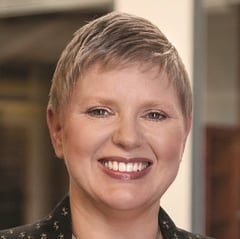
With three different business models meant to provide a single, seamless experience, the Lodgic team had to be creative about how they integrated those experiences from their physical location to their underlying technology.
The challenges presented by the Lodgic Everyday Community concept required creativity because the goal is not just solving a technology challenge; the challenges get to the core of some of the latest and most significant trends in business strategy, like customer experience and disruption.
The challenges encountered by LEC were unique but familiar to organizations looking to innovate and grow:
This year, Brian Halligan, CEO of HubSpot, put the pieces together that so-called "disruptors" might better be described as "experience disruptors," when you consider the clear customer-centric strategies of these growing industry leaders.
These disruptors have created a new norm for seamless customer experience (and it no longer just applies to companies that we think of as tech-forward).
For Lodgic to meet the needs of its members, LEC leadership anticipated where there might be friction in the Customer Journey and worked with Revenue River to eliminate those sources of friction as they integrated their technology:
In the flagship location in Champaign, Sr. IT Technical Project Manager Susan Becker could see first-hand how the gaps in their system prevented them from capturing crucial data. The technologies in place all served important purposes within their respective offering areas but didn't communicate with each other.
Cheryl Farr, Acting CEO of Lodgic, shared Susan's concerns and understood the long-term impact of disparate systems.
She told Revenue River: "We don’t have really great data integrations between different operating systems in each line of business. We’re blind to how they’re using that line of business in conjunction with any of the other lines of business at Lodgic."
In order to get growth-oriented insights from their data, they'd need to close the gap between their technologies.
Because the technologies were all disparate systems, we had trouble really gathering good data about our members, our clients, our guests.

OpenTable. Toast. Nexudus. DIC3E. HubSpot. Business' technology stacks are growing year over year and it's not uncommon for the application counts to end up in the double digits.
However, if you're going to maximize the benefit from your tech stack, you have to build and maintain integrations to avoid the "silo"-fication of your data. Revenue River has had a lot of success with the API capabilities available through HubSpot and uses it as the central hub for our client's digital ecosystems.
We were eager to work through the intricacies of the four of the applications that Lodgic presented to us and create integrations with HubSpot in the center.
The solution was to design, build, and optimize the ideal integrated system.
Susan had already mapped out the current state of Lodgic's technology stack alongside her vision for that ideal state.
Revenue River worked with Susan and the Lodgic team to refine the system requirements and reconsider the technologies they wanted to use moving forward.
Once the system was mapped out, Revenue River worked through systematically to create integrations from those applications into HubSpot.
With the lines of communication were opened with the integrations, it was important that Lodgic be able to leverage the data for more customized customer experiences and to harvest business insights.
Through the integrations, like the Nexudus integration shown in the example below, we are able to get data inside HubSpot via events that are recorded in the different applications. Once an action is completed within an application, a webhook is triggered to record the event as a data point.
In the example below, we're able to see when a member booked a coworking space. This is especially useful when creating nurturing workflows and offerings specifically for a subsect of the membership with certain criteria, like "Membership status is current," and "Haven't had a coworking space booking in the last 30 days."
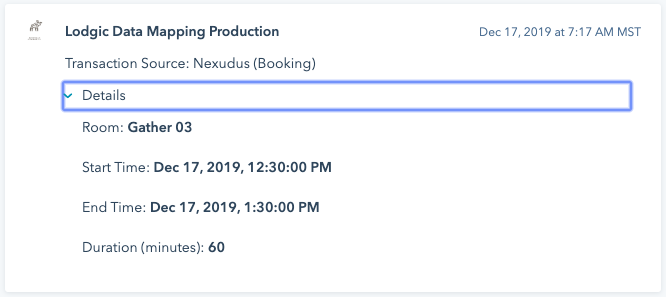
All in all, through the integrations we created, we are now able to create dozens of subgroups based on the status and activities of members. Examples of those subgroups can be seen in the list below.
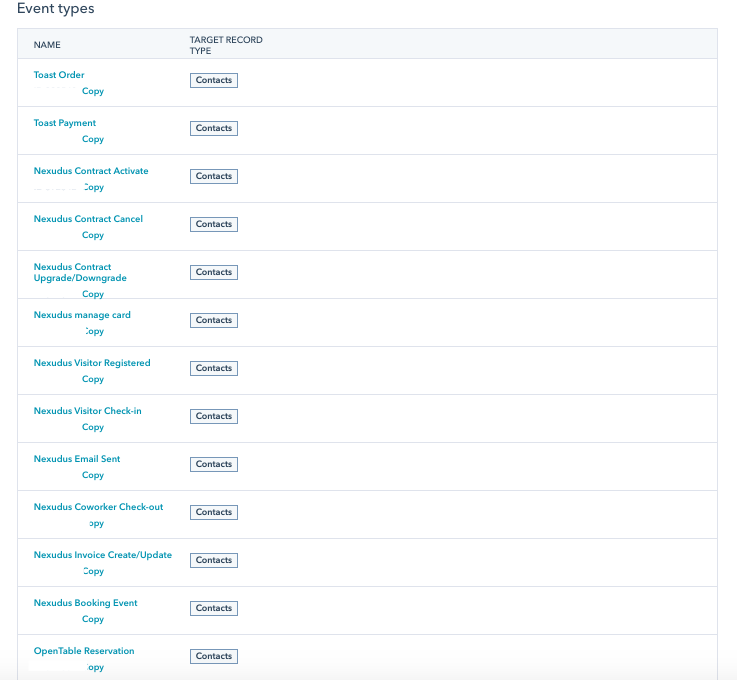
For Lodgic, the results of the integration are the significant opportunities afforded to them with a centralized data hub.
Lodgic can now really look at their customer base to understand how they’re using Lodgic's offerings, and to see where there are opportunities for organizational growth.
Cheryl gave an example of how they can leverage the integration to create a win-win for Lodgic and its members:
We could see that someone likes to use childcare on a regular basis, but maybe they haven’t tried the restaurant. So, we are able to offer them: 'Hey, come for date night and your child care is on us!' to get them to try the restaurant for the first time.
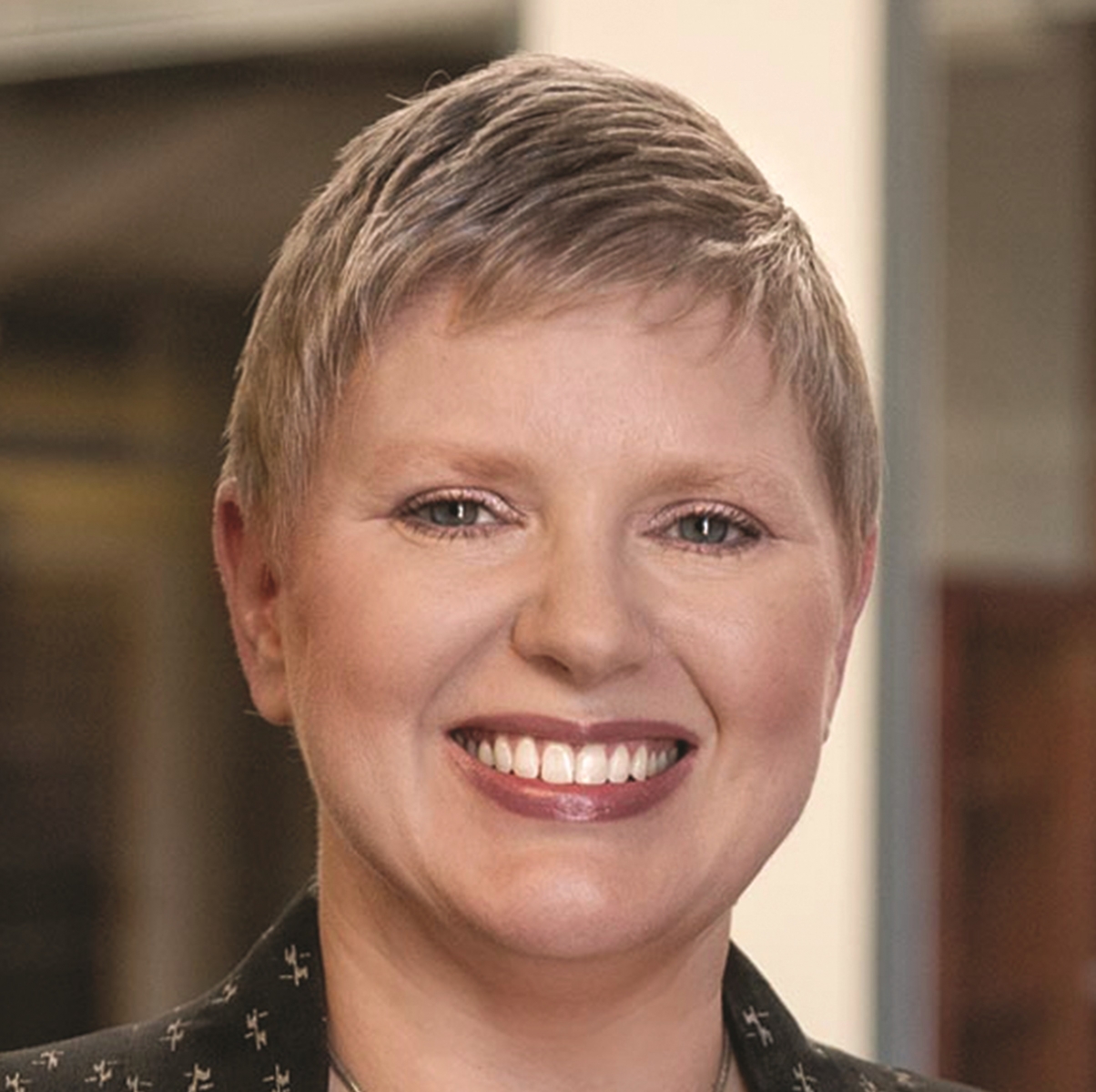
Lodgic is exploring where they can get leverage and create lift, while also creating the value for the customer. Their tech integration has allowed them to continue to explore how to create a better member experience, of integrating activities and offerings that members had never seen or considered as being integrate-able before.
From an operations standpoint, the integrations have saved countless hours. Rather than going into disparate systems, or manually communicating with members, employees are able to rapidly access client data and send mass communications. The integration has streamlined processes from check-in to reservations to purchases.
By leveraging their integrated technologies like OpenTable and Toast, they are able to ensure that the operations of their individual services were still able to use the best-of-breed technologies while enjoying the benefits of the integration.
The vision for Lodgic is to grow and evolve as members' needs grow. They want to be fully "integrated" into their members' lives. And this includes the rollout of more locations in the next year.
The ideal Lodgic member experience is that everybody has access to Lodgic, and they can plug in wherever they want, however they want, using all the offerings of Lodgic, or just one. Members' usage of the offerings might also change over time as members' lives change.
As Lodgic rolls out new locations, LEC leadership hopes that members will think of Lodgic as a network of facilities that serve them.
Maybe today a member lives in Madison, Wisconsin, but they do regular business trips to Champagne, Illinois, or Louisville, Kentucky. And as they travel across the country, Lodgic hopes that members of Lodgic as their home base wherever they are.
The simple goal? That Lodgic can serve members and make them feel welcome and at home wherever they are.
